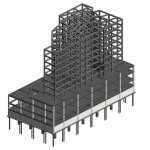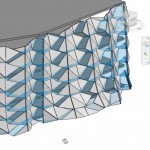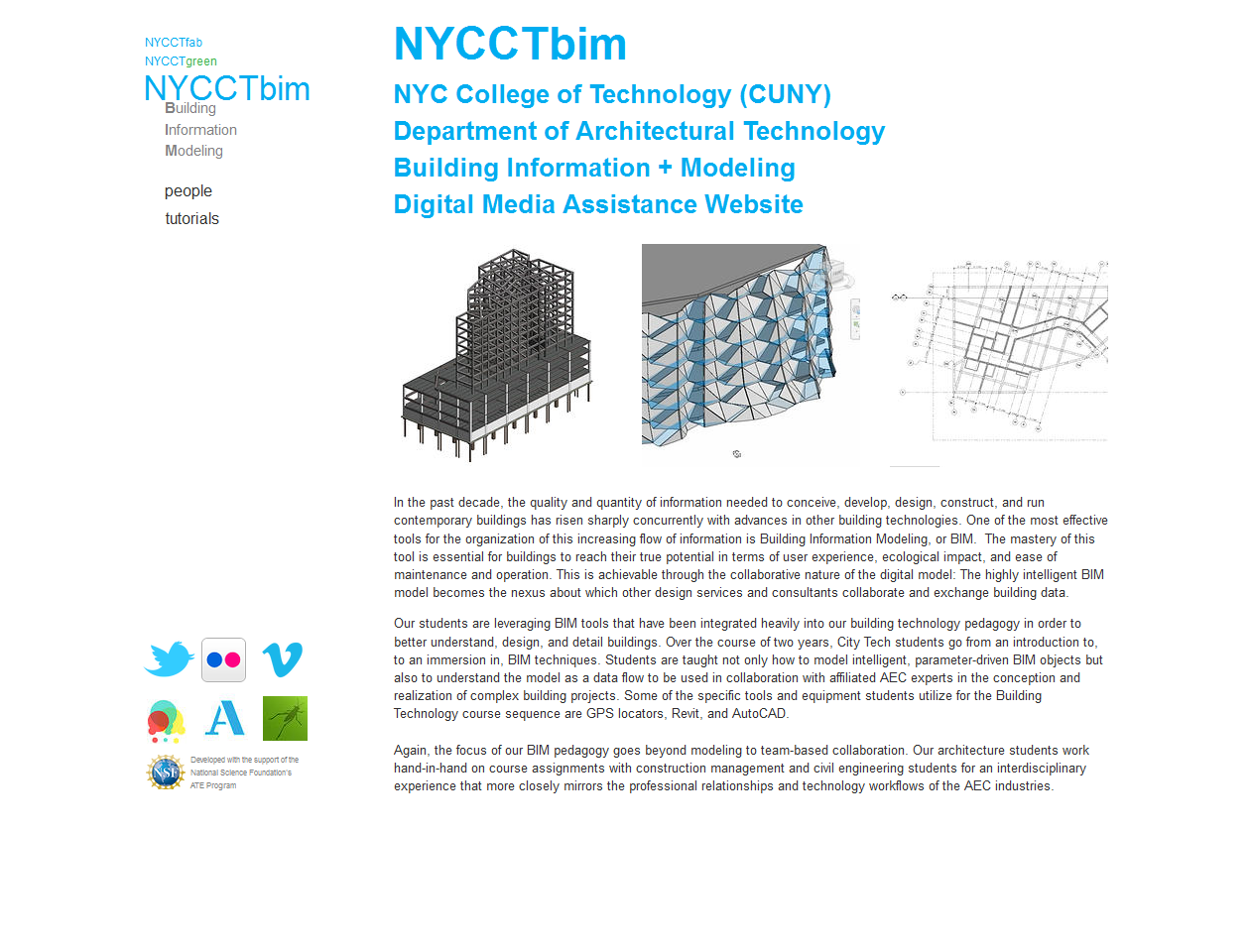 |
 |
 |
In the past decade, the quality and quantity of information needed to conceive, develop, design, construct, and run contemporary buildings has risen sharply concurrently with advances in other building technologies. One of the most effective tools for the organization of this increasing flow of information is Building Information Modeling, or BIM. The mastery of this tool is essential for buildings to reach their true potential in terms of user experience, ecological impact, and ease of maintenance and operation. This is achievable through the collaborative nature of the digital model: The highly intelligent BIM model becomes the nexus about which other design services and consultants collaborate and exchange building data.
Our students are leveraging BIM tools that have been integrated heavily into our building technology pedagogy in order to better understand, design, and detail buildings. Over the course of two years, City Tech students go from an introduction to, to an immersion in, BIM techniques. Students are taught not only how to model intelligent, parameter-driven BIM objects but also to understand the model as a data flow to be used in collaboration with affiliated AEC experts in the conception and realization of complex building projects. Some of the specific tools and equipment students utilize for the Building Technology course sequence are GPS locators, Revit, and AutoCAD.
Again, the focus of our BIM pedagogy goes beyond modeling to team-based collaboration. Our architecture students work hand-in-hand on course assignments with construction management and civil engineering students for an interdisciplinary experience that more closely mirrors the professional relationships and technology workflows of the AEC industries.




